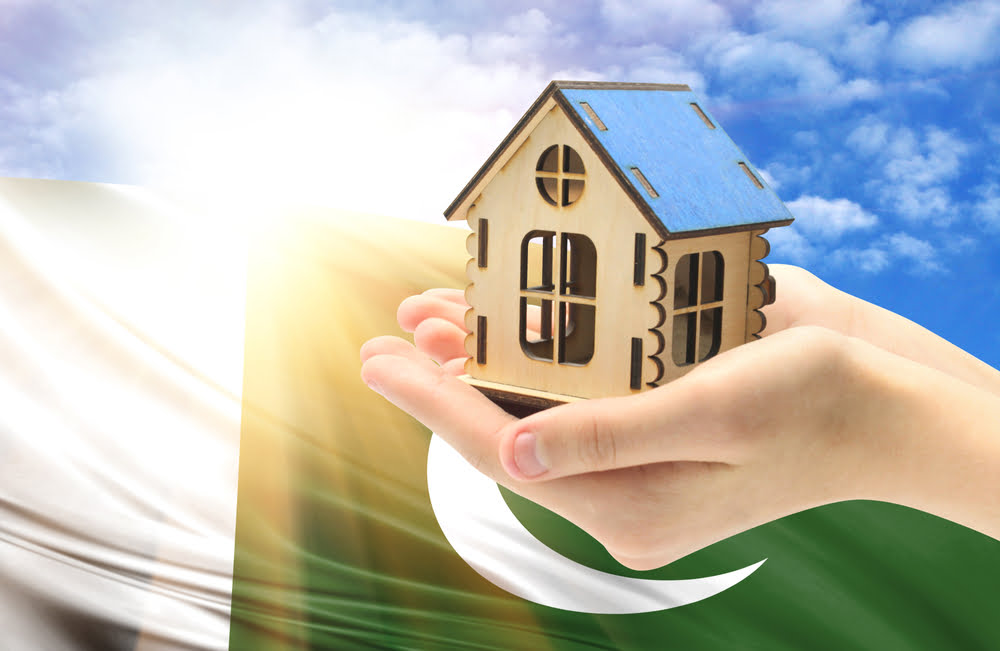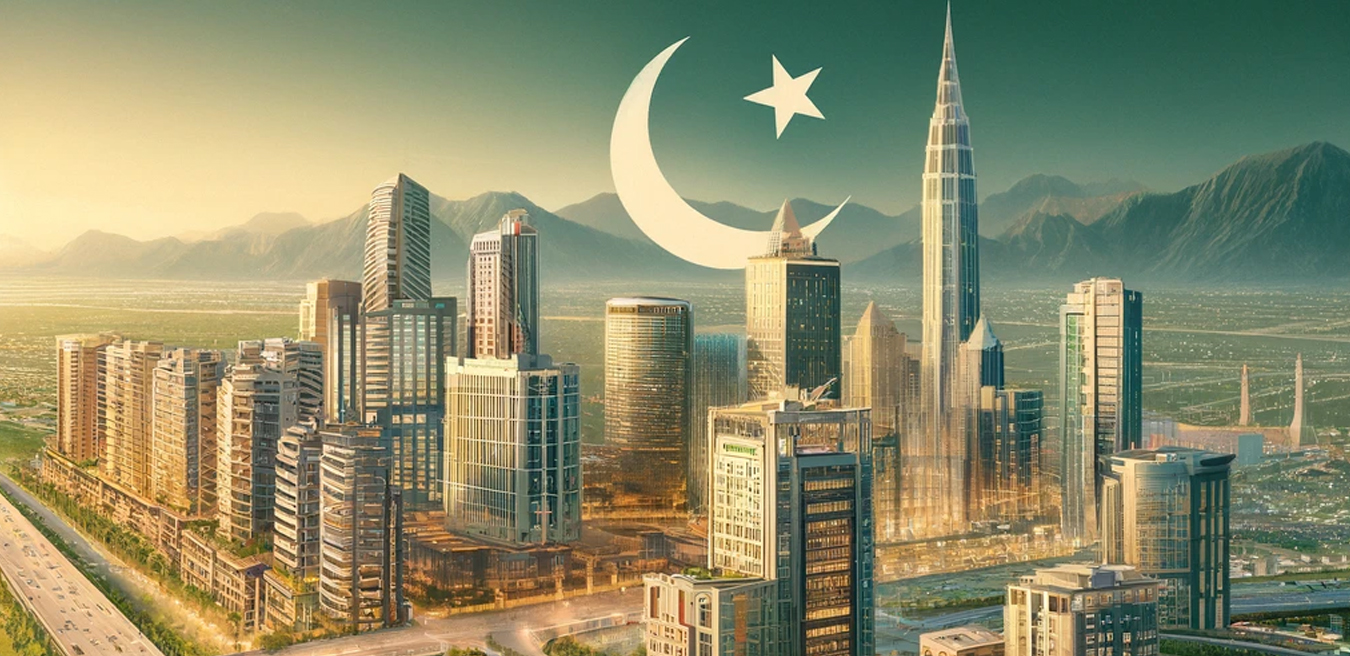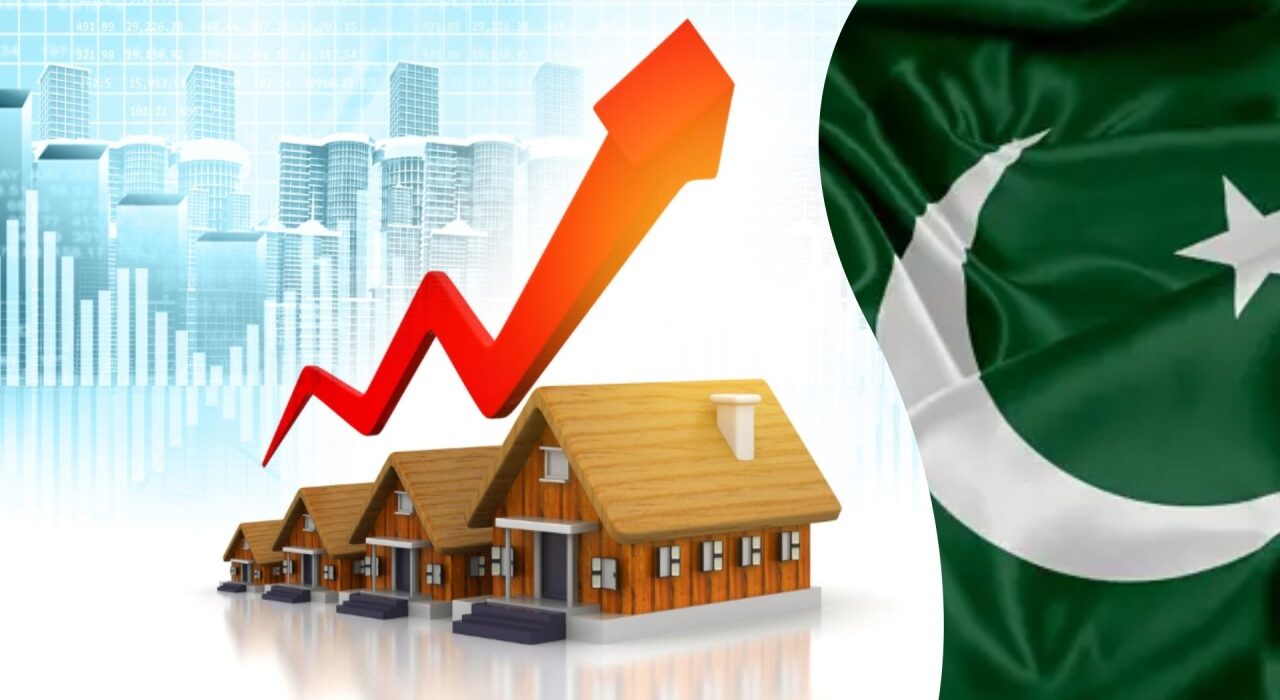The story of Pakistan’s real estate market is deeply intertwined with the country’s history. From the earliest days after Partition to the present moment, real estate has mirrored the nation’s struggles, ambitions, and transformations. This blog traces the evolution of Pakistan real estate, highlighting key milestones, market shifts, and emerging trends, while offering insights into the current situation of real estate in Pakistan and its future potential. It’s also part of our Independence Day blog series, showing how real estate development has become a cornerstone of national progress.
1947–1970: The Foundational Phase
After Partition, Pakistan faced the monumental task of building cities to accommodate millions of migrants. Urban land was scarce, and planning policies were rudimentary. Karachi, the initial capital, experienced unplanned urban sprawl. Cities like Lahore and Peshawar struggled to cope with the sudden population boom.

In response, early housing schemes like Nazimabad and PECHS in Karachi and Model Town in Lahore were launched to create affordable housing. The government initiated the first regulatory frameworks, such as the 1959 Land Acquisition Act, to manage development and distribution of land.
Key Characteristics:
- Government-led land schemes
- Absence of private developers
- Emphasis on housing migrants
- No vertical development
This era laid the groundwork for what would become a multi-billion-rupee industry.
1971–1990: Regulation and Expansion
The 1970s brought more regulation and a renewed focus on urban development. The Housing and Physical Planning Department (HPPD) was formed to address the growing demand for structured housing and town planning.
The Defence Housing Authority (DHA), though initially formed in the 1970s for military personnel, gradually gained traction with civilians as well. Large-scale private developers were still not dominant, but there was growing interest in real estate as an investment vehicle.
Notable Shifts:
- Development of Gulshan-e-Iqbal and Gulistan-e-Jauhar in Karachi
- Rise of cooperative housing societies in Lahore and Islamabad
- Increased construction of plazas and commercial markets
This era introduced the idea of real estate as a savings tool for the middle class, setting the foundation for speculative growth in the following decades.
1991–2010: The Boom Years
The real estate sector entered a phase of rapid growth. Economic liberalization, overseas remittances, and the increasing demand for housing drove prices up. Large developers began to emerge, leading to more planned urban expansion.

DHA expanded rapidly. Bahria Town entered the scene in the late 1990s and quickly became a game-changer by offering gated communities with modern infrastructure.
Key Trends:
- Gated housing societies became standard
- Real estate was seen as a top investment
- Speculation became common
- Overseas Pakistanis drove up demand
This was a turning point in the evolution of Pakistan real estate, as the sector became more organized and investor-focused. Private developers started delivering mega housing projects, redefining urban living.
2011–2021: Digital Transformation and Demand Surge
This decade saw the advent of real estate portals like Zameen.com and Graana, transforming how people searched, bought, and sold properties. Information became more accessible, and market transparency improved.
Pakistan also saw record-breaking foreign remittances and local investment in real estate during this time. Housing demand increased due to the country’s rapidly growing population.
Key initiatives included:
- Naya Pakistan Housing Scheme: Aimed to build 5 million affordable homes
- RERA (Real Estate Regulatory Authority) proposals: Intended to bring transparency
Technology began playing a key role:
- Virtual tours
- 3D visualization
- Digital land records in Punjab and KPK
This digital shift brought the real estate industry closer to global standards.
2022–2024: Uncertainty and Slowdown
April 2022 marked a significant political shift with the removal of the PTI-led government. Their tax amnesty schemes had previously fueled massive growth in the sector.
The new administration introduced stricter tax measures and removed amnesties, leading to a cooling of the market. Simultaneously, macroeconomic instability—including high inflation and currency depreciation—shrunk purchasing power.
Key Impacts:
- Real estate transactions declined
- Developers like DHA reported slower activity
- Speculative investments reduced
These changes sparked concern about the current situation of real estate in Pakistan, but also laid the groundwork for a more transparent, structured future.
2024–2025: Early Signs of Recovery
Amid uncertainty, a critical development occurred: the State Bank of Pakistan slashed interest rates from 22% to 13% in just a few months. This triggered optimism in the market.
Why This Matters:
- Bank deposits became less attractive
- Investors began seeking alternative avenues—like real estate
- Developers started launching projects again
Industry analysts project interest rates could fall to single digits by March 2025—creating favorable conditions for mortgage and construction financing.
High-Rise and Mixed-Use Projects Gain Momentum
A major transformation in the real estate trends in Pakistan has been the shift from horizontal to vertical growth. With land scarcity and increasing urbanization, cities are moving upward.
Commercial Real Estate Trends:
- CBD Lahore: A dedicated commercial zone attracting multinational businesses
- IT Parks in Islamabad: Government-supported innovation hubs
- High-rise apartments: Emerging in Lahore, Islamabad, and Karachi
Mixed-use developments that combine residential, commercial, and recreational spaces are gaining popularity. These trends are reshaping how Pakistanis live and work.
Citadel 7: A New Era of Innovation
In the heart of Islamabad’s Blue Area, Citadel 7 corporate tower stands tall—both literally and symbolically. It reflects the next generation of Pakistan’s real estate vision: tech-integrated, strategically located, and future-ready.

What Makes It Unique:
- Smart building features and modern architecture
- Prime business location at the capital’s commercial hub
- Designed for a hybrid workforce with premium workspaces and lifestyle facilities
Citadel 7 is not just another high-rise—it’s a blueprint for what’s possible. Where traditional landmarks once marked progress through size, Citadel 7 marks it through innovation.
Population Pressure and Housing Demand
Pakistan’s current population exceeds 260 million. Housing demand far exceeds supply. A study by the World Bank reveals that Pakistan needs 5 million new homes to accommodate renters alone.
Addressing this gap could:
- Stimulate construction
- Create jobs
- Expand middle-class housing options
Serviced apartments, short-term rentals, and co-living spaces are also rising in popularity, particularly in high-tourism areas like Murree, Naran, and Hunza.
Innovation and Sustainability Are the Future
The best real estate in Pakistan will increasingly reflect global trends:
- Green building standards
- Digital transactions using blockchain
- Smart city infrastructure
Shared workspaces, e.g., WeWork-style office setups, are already popular in Lahore and Karachi.
Sustainability certifications and eco-friendly developments are becoming the new gold standard for real estate developers.
Challenges That Still Need Solving
While the industry is evolving, it still faces serious challenges:
- Policy inconsistency
- Tax confusion
- Corruption in land acquisition
- Lack of reliable urban data
Improving transparency, streamlining regulations, and adopting tech can resolve many of these issues.
A Look Ahead: Real Estate Market 2025 and Beyond
Despite recent struggles, experts believe the market is set to rebound by mid-to-late 2025. Here’s why:
- Interest rate cuts will unlock capital
- Urbanization trends will continue
- High-rise developments will become the norm
- Digitalization will streamline transactions
- Demand for housing will remain high
Investors looking for the top real estate trends should focus on:
- Commercial high-rises
- Mixed-use developments
- Serviced apartments
- Eco-certified housing
Final Thoughts: From Partition to Progress
From emergency shelters in 1947 to smart skyscrapers in 2025, the evolution of Pakistan real estate tells a powerful story of resilience, ambition, and reinvention.
The real estate trends in Pakistan reflect the nation’s ongoing transition—from rural to urban, informal to regulated, fragmented to integrated.
Projects like Citadel 7 represent a bold new chapter—where design meets data, and growth meets governance.
This blog is part of our Independence Day blog series, connecting the dots between past, present, and future.
Because building homes, offices, and cities isn’t just construction—it’s nation-building.

